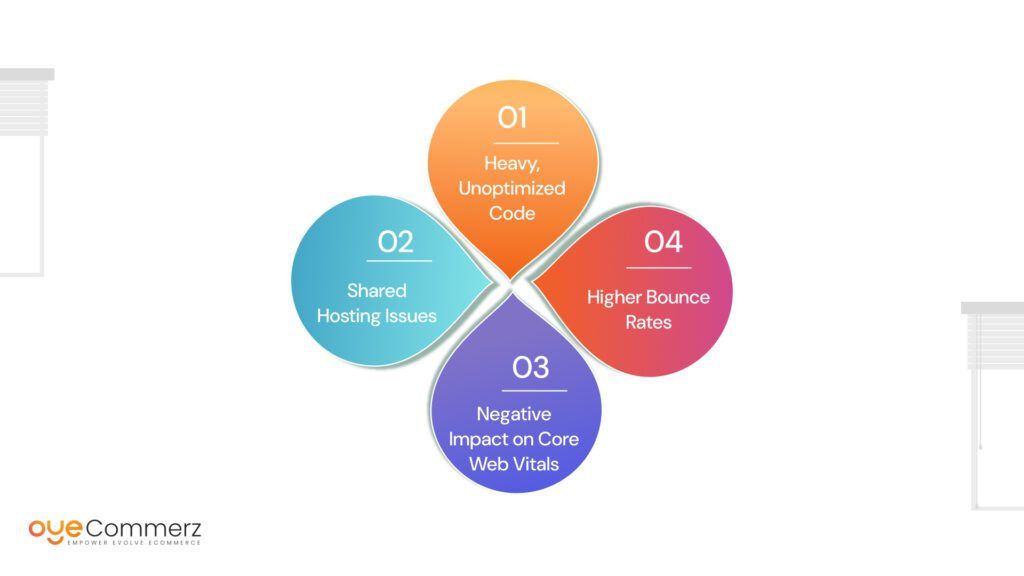In the current digital environment, selecting the right e-commerce platform is crucial for business success. If you're presently using Wix but thinking about a switch to Shopify, you're not alone. Numerous businesses are migrating to Shopify to take advantage of its robust features, scalability, and dedicated e-commerce tools. This article will walk you through the migration process, ensuring a seamless move and preparing you for e-commerce achievement.
Why Switch from Wix to Shopify?
Before diving into the migration process, it's important to recognize why Shopify could be a better fit for your e-commerce requirements:
- E-commerce Focus: In contrast to Wix, which caters to multiple use cases, Shopify is designed specifically for e-commerce, offering sophisticated tools and functionalities tailored for digital commerce.
- Scalability: As your company expands, Shopify can easily handle increased traffic and sales volume without sacrificing performance.
- Extensive App Ecosystem: Shopify provides a large collection of apps that can boost your store's capabilities, from advertising solutions to stock control options.
- Search Engine Optimization: Shopify provides better SEO options, which can help improving your store’s presence on search engines.
- Payment Options: With numerous payment gateways supported, including Shopify Payments, you can offer customers a wide range of options.
Preparing for Transition
To guarantee a smooth transition from Wix to Shopify, adhere to these preparation steps:
1. Save Your Information
Download all your data from Wix, including product details, user data, and transaction logs. This step is crucial as it guarantees you have a backup of everything before starting the transfer.
2. Choose Your Shopify Plan
Evaluate the various Shopify subscriptions available and select one that aligns with your company’s needs. Consider factors such as costs, built-in tools, and scalability options.
3. Set Up Your Shopify Account
Register your Shopify profile and explore the platform’s dashboard and features.
The Migration Process
Now that you are ready, it’s time to transfer your store from Wix to Shopify. Here’s how:
1. Import Products
Use Shopify's built-in import tool or external tools like Cart2Cart or LitExtension to move your items from Wix to Shopify.
Make sure that item details, pictures, costs, and variants are accurately imported.
2. Migrate Client Information
Upload client details such as user names and contact info into your new Shopify store. This process is vital for maintaining customer relationships Backup information and advertising strategies.
3. Configure Transactions
Set up transaction methods in your Shopify store to guarantee seamless payments. You can choose from various options like credit cards, PayPal, and others.
4. Customize Your Store Design
Choose a theme that aligns with your brand identity. Customize it using Shopify's design tools to create an attractive and user-friendly shopping experience.
5. SEO Optimization
Implement SEO best practices during the migration process:
- Set up 301 redirects from old Wix URLs to new Shopify URLs.
- Optimize product titles, details, and photos with targeted search terms.
- Modify meta tags and alt texts for better search engine visibility.
Post-Migration Steps
Once your store is live on Shopify, consider these post-migration steps:
1. Check Your Website
Perform comprehensive testing of your new store:
- Verify item listings for accuracy.
- Test payment processes.
- Ensure all links work correctly.
2. Launch Marketing Campaigns
Broadcast your new store launch through newsletters and social platforms.
Think about running promotions or discounts to E-commerce growth attract customers.
3. Track Your Progress
Leverage analytics tools within Shopify to monitor revenue growth and customer behavior.
Adjust your strategies based on performance analytics.
Conclusion
Migrating from Wix to Shopify can significantly enhance your e-commerce capabilities and lay the foundation for growth and success. By adhering to this manual and taking a step-by-step approach to the migration process, you can guarantee a smooth move that minimizes downtime and maximizes opportunities for revenue. Welcome the change and watch your online business thrive on its new platform!
